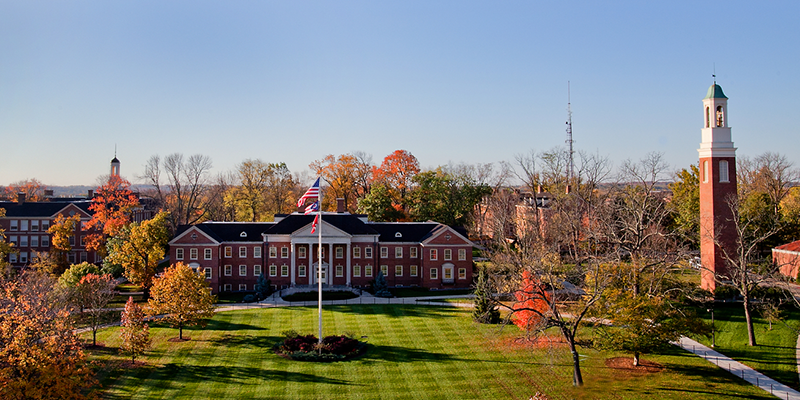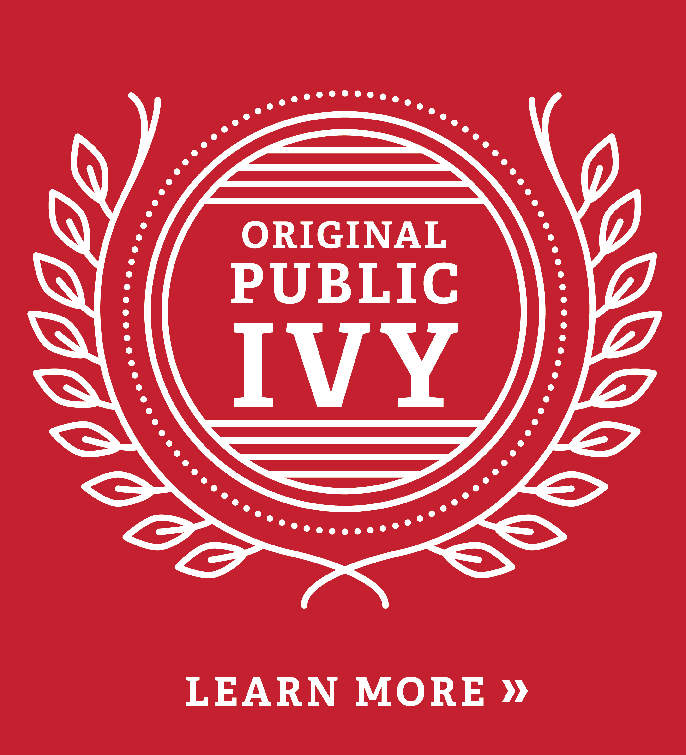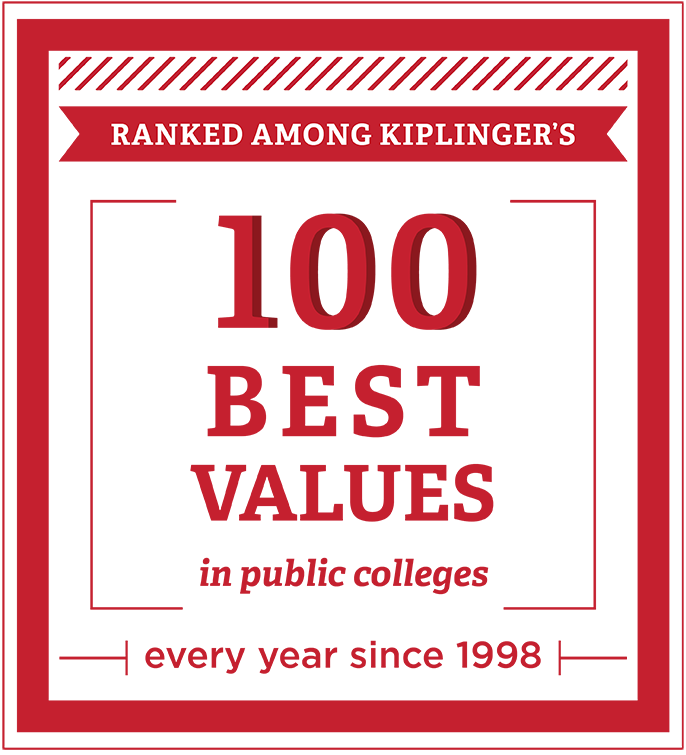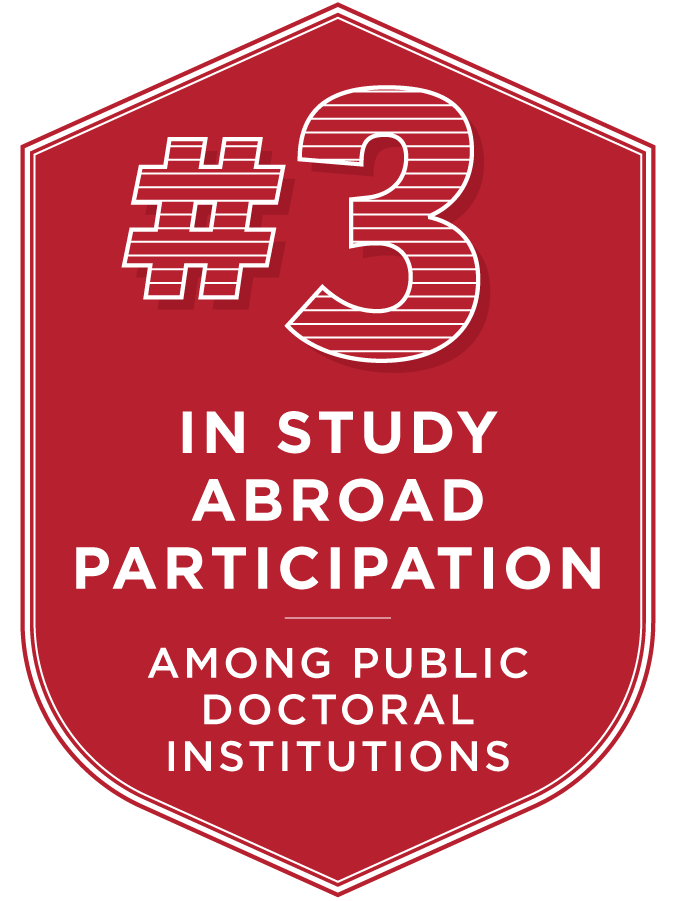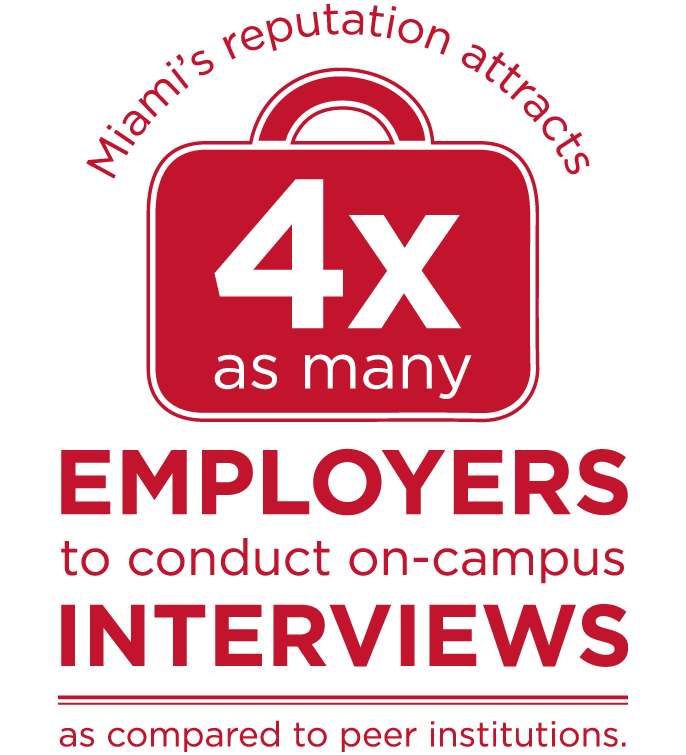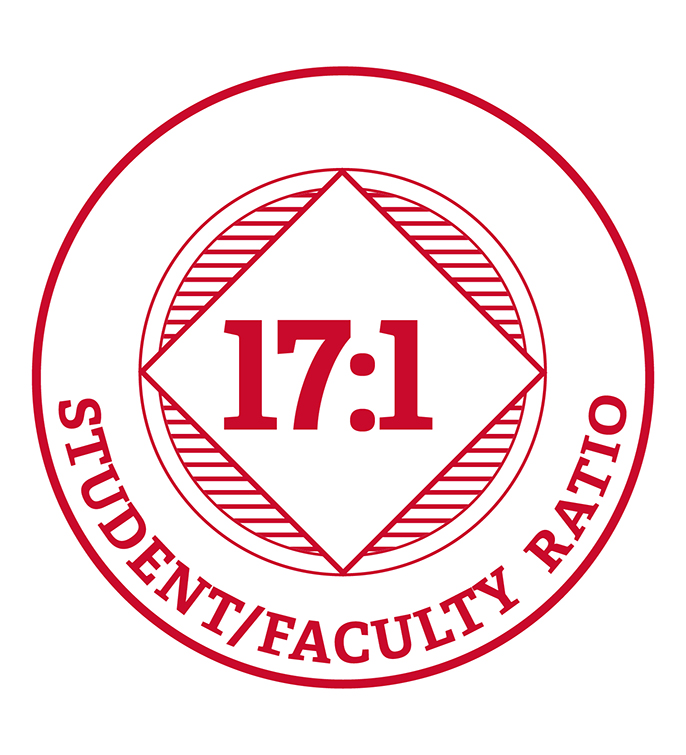Annual Address 2015
David C. Hodge
September 9, 2015
Fearlessness
The act of creativity by its very nature pushes people into the unknown and often beyond comfort levels. Thus it is not surprising that one of the biggest impediments to creativity is the fear of failure, since radical ideas are often met with skepticism – if not downright hostility. Valerie and I have a cabin in Central Washington about 40 miles below the Grand Coulee Dam. It is a magnificent, dramatic landscape. In the 1920s, J. Harlen Bretz proposed a revolutionary explanation that claimed the channeled landscape was the result of a series of great floods that occurred when ice dams on the Clark Fork of the Columbia River gave way, unleashing many cubic miles of water from the glacial Lake Missoula. He was roundly criticized—ridiculed actually, in national circles—but time has proven him to be correct. Our cabin is not far from Dry Falls where, scientists now believe, water flowed over the falls 300 feet deep at 60 miles per hour for three days for each of three dozen floods. In addition to sharing a glimpse of our future after retirement, I use this example to illustrate how conventional thinking can actively discourage creativity. As Bretz wrote in 1928, "Ideas without precedent are generally looked upon with disfavour and men are shocked if their conceptions of an orderly world are challenged.” But Bretz had the final say. After he received the Geological Society of America's highest award in 1979 at the age of 96, he told his son: "All my enemies are dead, so I have no one to gloat over."
While this is a dramatic example of how external pressures can overtly impact creative thinking, the bigger problem is perhaps the self-limiting inhibitions we impose on ourselves. Professor Jim Friedman describes this as the inner “voice of judgment” that constantly evaluates what we are doing, and actively diminishes our willingness to take risks. Yo-Yo Ma puts this into perspective beautifully. He said, “I welcome that first mistake. Then I can get on with the performance and turn off that part of the mind that judges everything. ”Flow is simply not possible if our thoughts are dominated by our critical self. It is not that our critical self is unimportant, indeed it is very important that we eventually bring our critical thinking skills to bear on a task. But as we seek those ideas that will take a leap beyond what we know, understand, or imagine, the critical part of our minds needs to be turned down.
Those of us session leaders who participated in the summer reading workshop with Second City were able to see how we can release these inhibitions through the power of using “yes, and” instead of “no, but.” In what can only be described as a rollicking experience, about 100 of us learned to use improvisation to evoke creative thinking. After Convocation, I observed further the power of “yes, and” thinking in our student session. After walking through the first part of the session with students using an inhibiting “no, but” or “yes, but” logic in responding to ideas, the students in my session came alive with ideas and energy as they shifted into a “yes, and” mentality and were encouraged to take risks. At the same time it was important that they knew they had each other’s backs, so that it was safe to do so.
Among the many excellent places on campus where students are actively encouraged to take risks, the Institute for Entrepreneurship, ranked 10th in the nation, stands out. One of the features I appreciate about the program is that while it is logically located in the Farmer School of Business, more than half of its co-majors come from other divisions of the university. A signature program is “Start-Up Weekend,” a 54-hour window in which students pitch ideas for start-ups, gather a team, compose and test a business plan, then present to a panel of judges. The students are highly motivated, surrounded by a safe environment that encourages risk-taking, and working collaboratively on a meaningful project. It is demanding and grueling—and exhilarating!
I have also had the privilege of sitting in during a Miami Symphony Orchestra practice. As the orchestra rehearsed, maestro Averbach would occasionally stop and focus on a particular segment. Much to my surprise—and delight—some of the students would suggest an alternative way to interpret and play a section. This is a marvelous example of creating an environment that encourages students to take risks.
While these are great examples of students being encouraged to take risks, stretching themselves knowing that their ideas may not pan out, I think it is fair to say that much of our educational system works more to discourage experimentation and risk. Grades are intended to motivate students, yet as we discussed earlier, as an extrinsic motivation, they by-and-large encourage students to take the most direct route to the goal, and that goal tends to be the grade more than the learning. This focus on grades is paradoxically re-enforced by the very firms who will suggest that creativity is the most important quality in a new employee while at the same time setting minimum grade point averages for prospective employees. Thus, the challenge we have is to find a way to hold students accountable and to measure their accomplishment, yet encourage risk-taking and creative thinking. What to measure and how to measure it to achieve these ends is truly one of our most formidable challenges in assessment.

